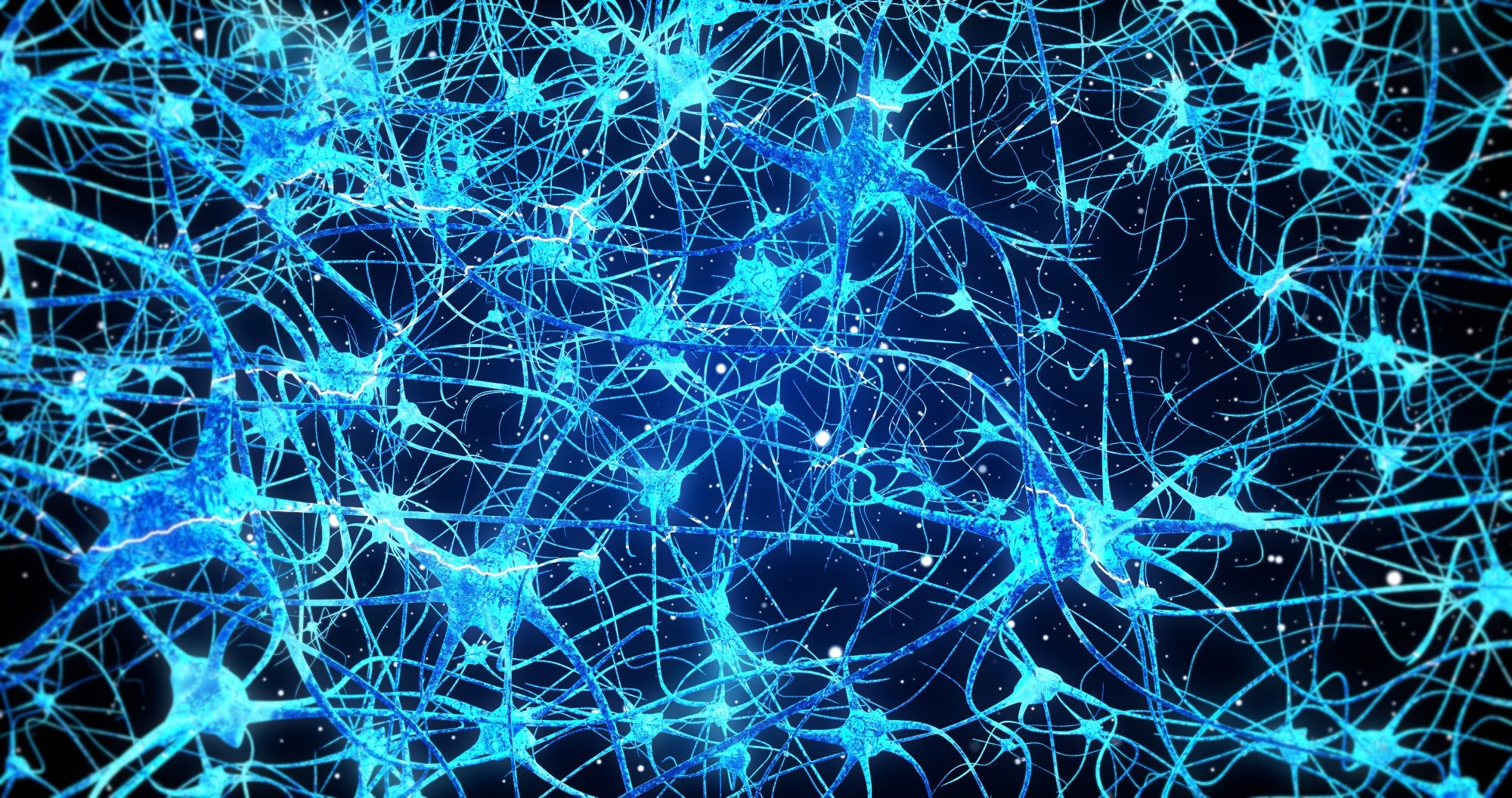In a recent study published in the journal PLOS Biology, researchers identify and characterize extremely rare terminally differentiated brain neurons that re-enter the cell cycle process. More specifically, the current study presents a reproducible and robust approach that allows for the identification of these cells, their molecular signatures, and their cellular fate, thereby providing novel insights into their role in cognitive disorders.
 Study: Neuronal cell cycle reentry events in the aging brain are more prevalent in neurodegeneration and lead to cellular senescence. Image Credit: viktorov.pro / Shutterstock.com
Study: Neuronal cell cycle reentry events in the aging brain are more prevalent in neurodegeneration and lead to cellular senescence. Image Credit: viktorov.pro / Shutterstock.com
What do we know about terminally differentiated neurons?
Terminally differentiated (TD) neurons are post-mitotic cells that have attained functional maturity. It has been historically assumed that these cells have achieved a stable, non-cycling state and are irreversibly unable to re-enter the cell cycle despite retaining the machinery required for DNA synthesis and cell division.
However, recent neuronal and transcriptomic research suggests that an exceedingly limited number of these cells may recommit to cell division-like processes. This phenomenon may provide new insights into the role of TD neurons in aging, especially in the context of age-related cognitive disorders such as Alzheimer's disease (AD).
To date, a complete mitosis event of TD neurons has not been reported. However, the increasing frequency of their detection in late-onset AD patients emphasizes the importance of understanding the formation and role of TD neurons.
There remains a lack of available methodologies for consistent, reliable, and reproducible detection and characterization of TD neurons, thus preventing research into their pathology and functional role. Current approaches include histology and bulk transcriptomic profiling of aging citizens.
However, the observed randomness of these cells' locations in brains and their minimal population sizes create the need for novel methodologies that remain robust, irrespective of the brain position or concentration of TD neurons. Moreover, this type of approach would support the development of novel therapeutic interventions against AD and similar age-related neuronal degeneration conditions.
About the study
The present study uses a combination of bioinformatics, transcriptomics, and murine model systems to identify genes associated with the reentry of TD neurons into the cell cycle.
Cell fate trajectory analysis was also used to elucidate the origins of TD neurons and their evolutionary relationships. Differential gene expression analysis between AD patients and healthy controls was also performed to elucidate TD neurons' pathogenesis and phenotypic heterogeneity.
Data for the study was collected from two online transcriptomic repositories, Synapse.org and GEO Omnibus, representing four independent studies. The datasets comprised single-nucleus ribonucleic acid sequencing (snRNA-seq) records of AD and normal brain transcriptomes.
Cell cycle score-, InferCNV copy number detection-, and subcluster-specific marker identification analyses were used to identify the neuronal genes exclusive to AD patients, especially those corresponding to late senescence (LS) neurons. Cell fate trajectory analysis using the Monocle 2.0 algorithm and cell-cell communication analyses were then used to elucidate the origins and eventual fate of these cell cycle reentry neurons.
The brains of C57BL/6J laboratory mice were also excised to verify whether the current approach could robustly and consistently identify cell cycle reentry neurons in novel and non-human datasets. Immunostaining and histology-based data quantification assays were performed to confirm the observed results' validity.
Study findings
The present study highlights the development of a novel cell cycle reentry neuron detection and characterization approach that remains robust across multiple existing human datasets and non-human neural models. Compared to traditional histological approaches, this approach is easily and reliably reproducible. Furthermore, the current method allows for investigations into all neurons 'cell cycling status' through observed gene expression levels and copy number variations (CNVs) from simple brain transcriptomes.
The researchers also demonstrated that senescence is the most probable immediate fate of cell cycle reentry neurons. These novel findings may explain the relatively increased prevalence of these cells in severe late-onset AD patients.
Taken together, the study findings provide a robust methodology that future researchers can readily use in their investigations of the pathologies of TD neurons and their roles, if any, in normal brain functioning.
The applicability of this analytical approach in different diseases and cross-species settings offers new opportunities and insights to supplement mainstay histological-based approaches in studying the roles of [TD neurons] in brain aging and disease pathogenesis.”
Journal reference:
- Wu, D., Sun, J. K.-L., & Chow, K. H.-M. (2024). Neuronal cell cycle reentry events in the aging brain are more prevalent in neurodegeneration and lead to cellular senescence. PLOS Biology 22(4). doi:10.1371/journal.pbio.3002559